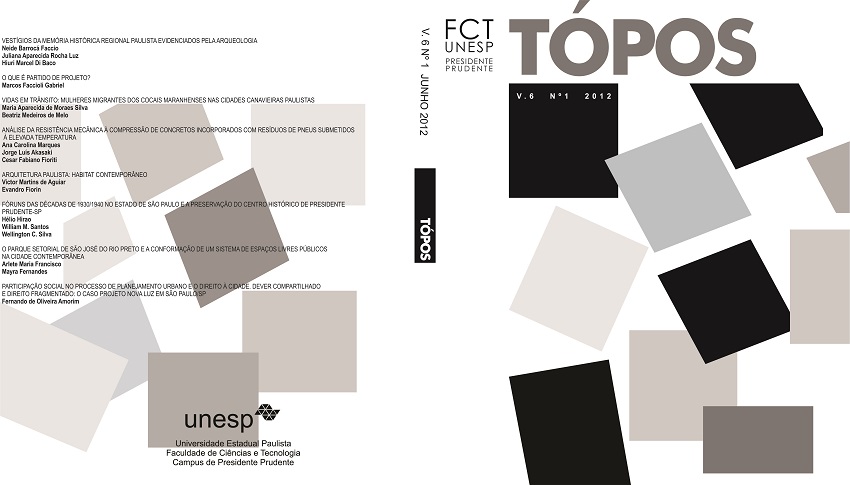FÓRUNS DAS DÉCADAS DE 1930/1940 NO ESTADO DE SÃO PAULO E A PRESERVAÇÃO DO CENTRO HISTÓRICO DE PRESIDENTE PRUDENTE-SP
Resumo
Este estudo faz um inventário para compreender a importância dos bens arquitetônicos como patrimônio urbano, com o objetivo da sua salvaguarda através do resgate de suas temporalidades espacializadas, verificando dessa forma, seu valor para construção de identidades na cidade contemporânea. Através da análise da implantação dos Fóruns das décadas de 1930/ 1940 nas cidades médias paulistas, esses “projetos padrões” do Departamento de Obras Públicas (DOP) são examinados pelo seu valor como patrimônio artístico e histórico. Assim, seleciona-se o Antigo Fórum de Presidente Prudente, que tem a consolidação de sua importância como valor cultural pelas conexões socioespaciais com a Igreja, a Praça, o Paço Municipal e a Escola. Acumula, então, pela percepção, cognição, vivência: memória, significação, imaginário social e identidade urbana através da sua relação com a morfologia da cidade. Desse modo, essas análises e reflexões definem diretrizes em relação ao seu processo de preservação.
Palavras-chave: Paisagem Cultural, Fórum, Preservação.
Abstract
This study makes an inventory to understand the importance of architectural assets as urban heritage, with the objective of its safeguarding through the redemption of its spatialized temporalities, verifying thus its value to construction of identities in the contemporary city. Through analysis of the implantation of the Forums of the 1940s in medium-sized cities in State of São Paulo, these “standard projects” of the Public Works Department (DOP – Departamento de Obras Públicas), are examined for its value as historical and artistical heritage. So, select it the Old Forum of Presidente Prudente, has the consolidation of its importance as cultural value by socioespatial connections with the Church, the Square, the City Hall and the School. Accumulates, then, by perception, cognition and experience: memory, signification, social imaginary and urban identity through its relation with the morphology of the city. Thus, these analysis and reflections define guidelines in relation to its preservation process.
Keywords: Cultural Landscape, Forum, Preservation

